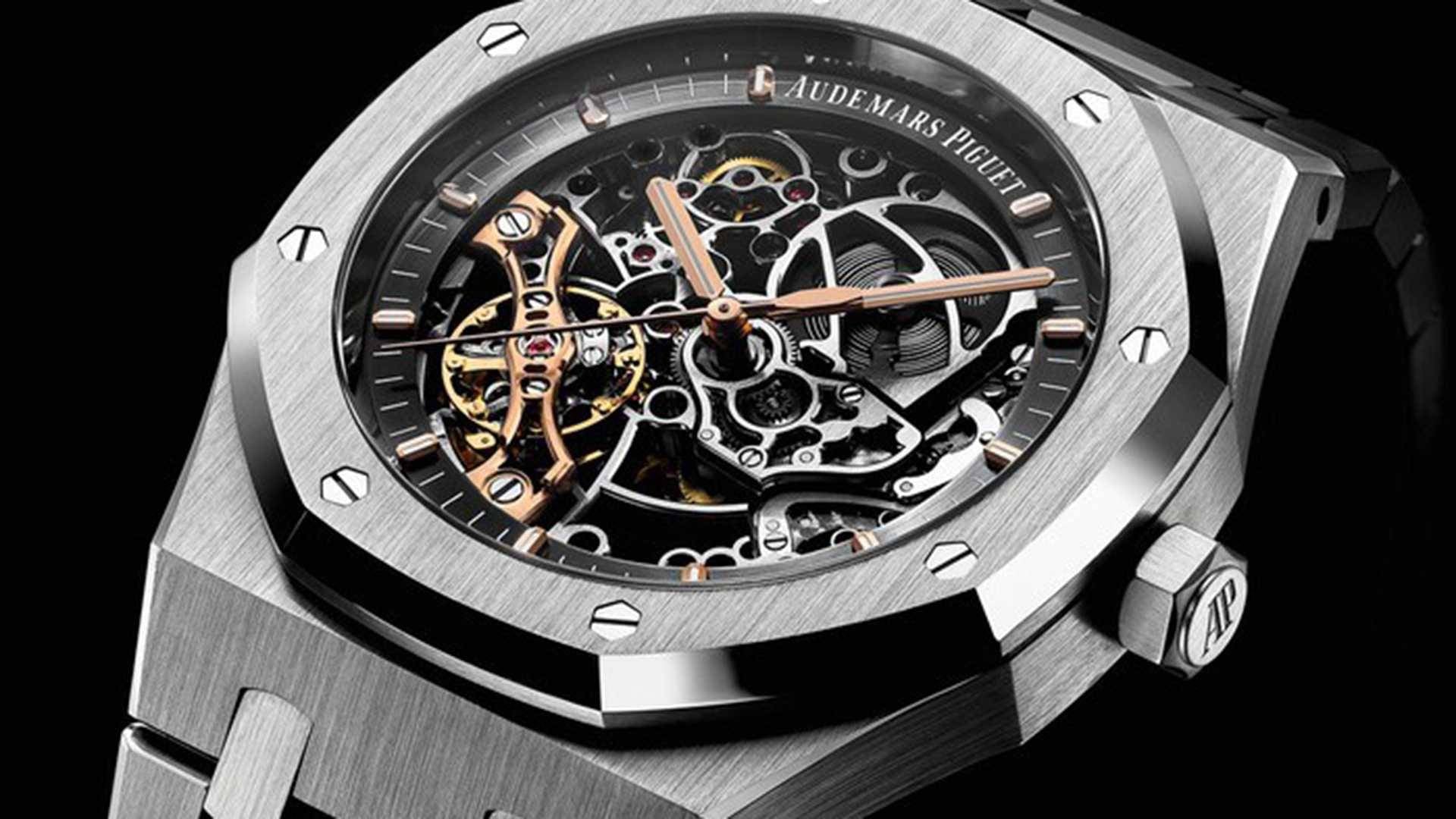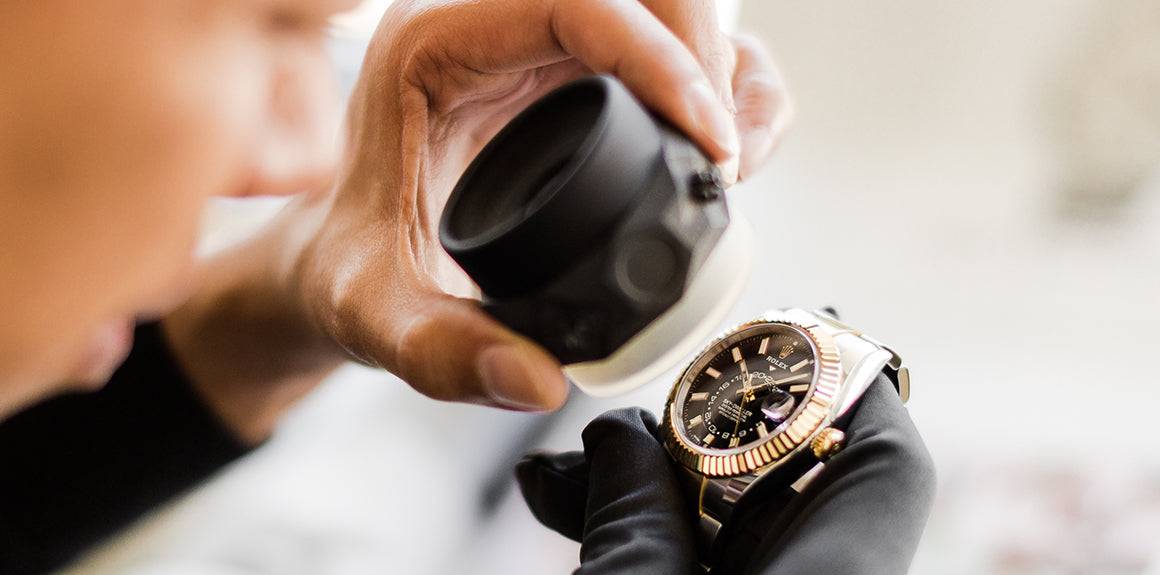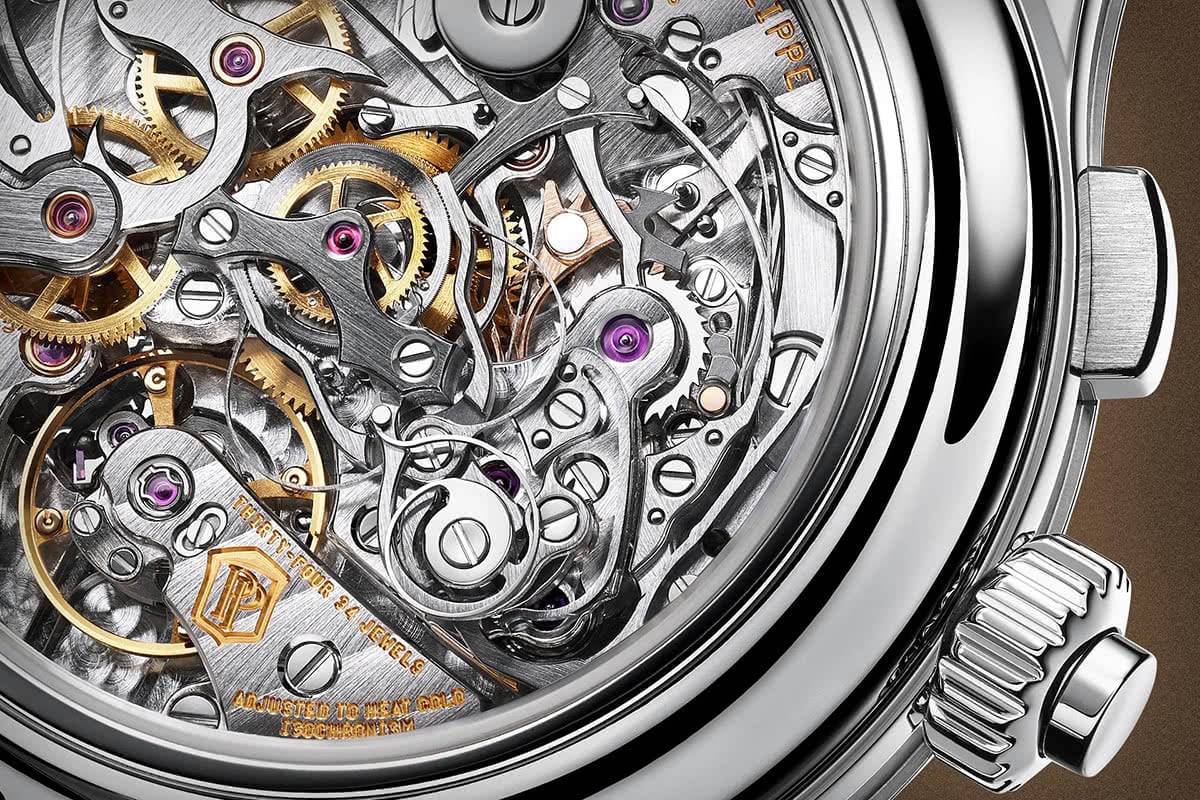
Things you must know about luxury watches in terms of structure and complications
Things you must know about luxury watches in terms of structure and complications:
Passion for something gives birth to a quest for knowledge about that thing. If you are a watch enthusiast, knowing a little a more than what they look like and how much they cost would be of interest to you. Common interests and passions often bring people closer and form the basis of conversation. If luxury watches is your passion, let it show through your richness of knowledge and information about it.
Knowing the nitty-gritty about your favorite gadget is as impressive as wearing a sought-after gadget. There are many things to know about luxury watches that a watch geek should know.
Essential components of luxury watches:
Manufacturing of luxury watches requires seamless assembly of hundreds of essential components. Some of the most important watch components are as follows:

Crystal: Top transparent covering of the dial is crystal. It is the front window of the watch. In luxury watches, crystal is made up of thick and scratch proof synthetic sapphire. It serves to protect the dial underneath.
Bezel: Bezel is the ring surrounding the crystal. Most watches use a metallic bezel, though ceramic bezels are also used. Bezels are not only for decorative purposes; rather, they are highly functional and are of various different types depending upon the nature of the watch. Types of bezel scales include pulsometer, telemeter, GMT, count-up, count-down, tachymeter, slide rule and decimeter.
Dial: Face of the watch that is visible below the crystal is dial. It is the part where time is displayed. Dial features the numbers or indices to which the hands point. Dial is also the basic aesthetic component of the watch that determines – to a greater extent – how the watch looks like.
Hands: Hands are the pointers that indicate time on the dial. Hours and minutes hands are essential components where as seconds hand may or may not be there in all watches.
Bracelet or strap: A metallic or leather band that is wound around the wrist; the former is often called a watch bracelet and the latter is called strap.
Case: Basic body of the watch that encases the internal machinery is called the watch case. A case is protective in nature and protects the delicate and sensitive watch movement against pollutants.
Movement: Movement is the central engine or mechanism that runs the watch. It is the functional center of a watch. Movement can be either mechanical or Quartz. Top-notch luxury watches have a mechanical movement.
Lugs: Lugs are appendages that connect the watch case with its bracelet or straps.
Crown: Crown is a projection on the watch case that is used for setting the time and date. It is also used for winding the mainspring of the watch in order to produce energy.
Pusher: Pusher is an additional button attached to the watch case that is used for controlling several watch functions and complications.
Aperture: Aperture is a small opening or widow on the dial of the watch that displays some information other than time, like date or moon phase.
These and many other constituent parts put together with seamless artistry make a luxury timepiece that is worth thousands of dollars.
Different types of watch complications:
The term ‘complication’ in horology is used for watch functions other than basic timekeeping. In simple words, anything a watch does in addition to telling time is a complication. Luxury watches vary greatly in the range of complications they offer. Some popular watch complications are as under:
World time: This complication allows the watch to display 24 different time zones corresponding to different regions of the world. Since traveling is a prominent part of modern lifestyle, this complication is highly useful. Ability to tell time anywhere in the world makes a gadget a quintessential travelers’ watch.
Calendar: Traditionally, calendars would display date, day and month but it required adjustments on a monthly basis to account for the difference in number of days every month and leap years. Advanced complications have overcome these hassles by introducing annual calendar and perpetual calendar. In former, the date adjusts itself every month according to the number of days. It needs to be adjusted once a year at the end of February. The latter needs minimal adjustment for it is smart enough to account for the number of days in every month as well as the leap year.
Chronograph: Chronograph complication is among the earliest watch complications. It is basically a stop watch function that allows to measure time intervals. Chronographs are highly sensitive and allow to measure time up to one hundredth of a second.
Minute repeater: Minute repeater is one of the most intricate watch complications and is there in highly expensive luxury watches. It is basically a chiming function which gives off three distinct sounds for hours, minutes and quarters. This function is very intricately incorporated in the watch movement whereby hammers strike against the rods to produce a gong. Minute repeater can be activated and deactivated.

Moon Phase: This complication tracks the lunar cycle and exhibits the current moon phase. It is usually displayed in an aperture on the dial. This complication is popular among watch geeks for its practicality as well as beauty.
Power Reserve: As the name suggests, power reserve indicates how much power is left for the watch to keep running. Though this complication is more useful in manual mechanical watches, it is often featured in automatic watches as well and helps gauge the power when the watch is not in use.
Anatomy of a watch is not as simple as the final product looks like. Creating a mechanical watch is a highly complex task that requires horologic expertise, sensitive machinery and a range of precursor components. Some of the highly complicated watches may take from months up to three years to be created before they are out in the market. It is the reason luxury watches are treated less like gadgets and more like fine pieces of artistry by watch enthusiasts throughout the world.



